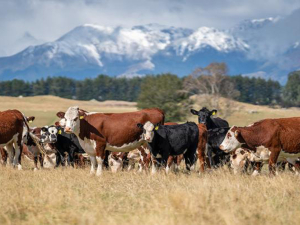Dairy farmers at Fieldays went searching for information on Mycoplasma bovis.
DairyNZ, in the pavilion, were ready for them with a booklet about the disease.
Dr Nita Harding, DairyNZ’s veterinary technical policy advisor, says DNZ had earlier live-streamed a farmers meeting near Auckland and this is now on Facebook. And a technical person on the site answered questions about M.bovis and biosecurity in general.
“Many farmers have called our 0800 number and used our info@dairynz email address so we got a steady stream of queries. These are answered either by our 0800 person who’s very knowledgeable, or… by the technical people in DairyNZ.”
The questions are a mix of technical and general, much in response to information provided by MPI. Farmers in areas where farms are infected are naturally concerned and ask first, what does this mean for me?
“There is a lot of rumour out there so if we can get the right information out to farmers it helps everyone understand what’s going on. It gives them confidence and removes some of the stigma.
“M.bovis is not a highly infectious disease; you are not going to pick this up by talking to your neighbour.
“It’s the cows, not the farmer, who have the disease and the children coming to school are not going to bring it to school.”
Harding says farmers whose properties are diseased need all possible support from their community.


















